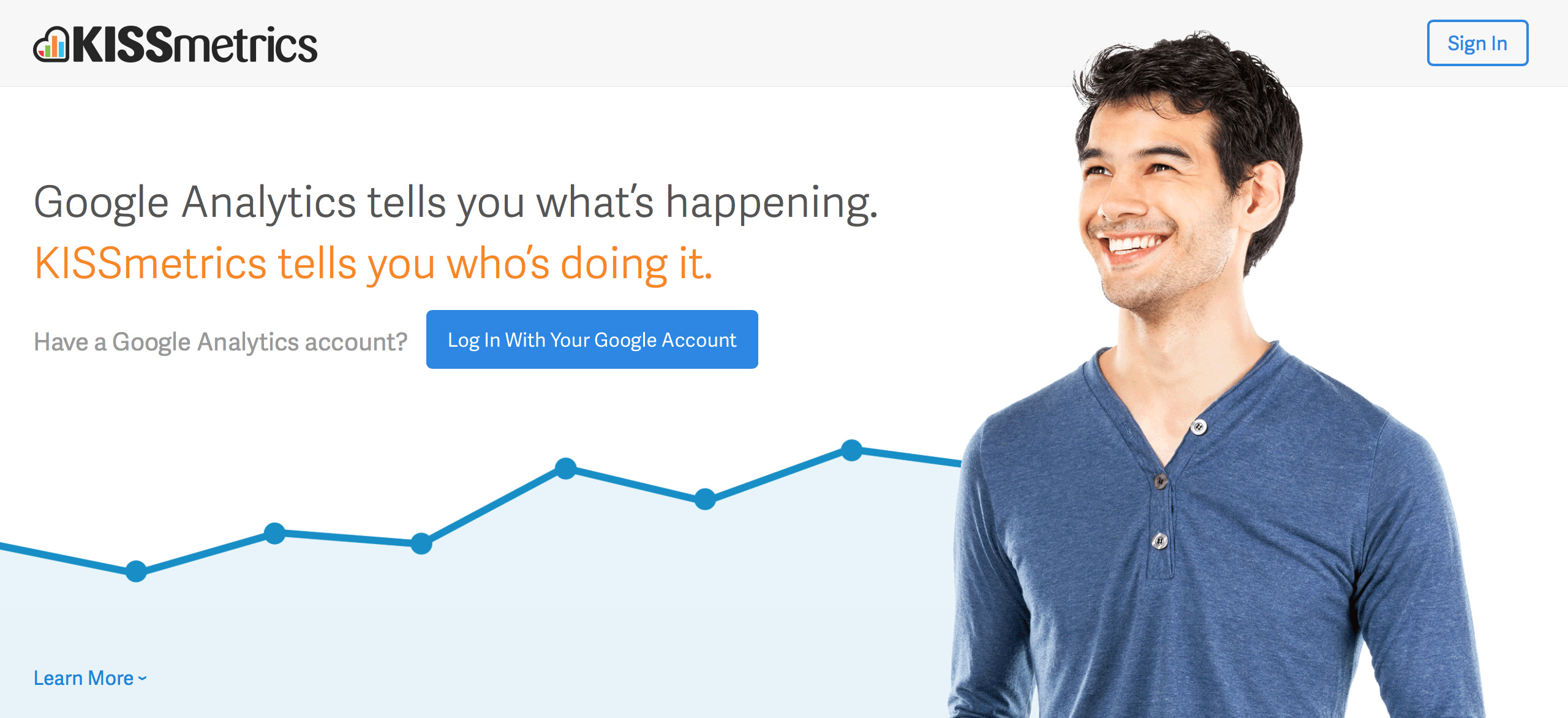As a data-driven strategy, growth hacking depends on web and mobile analytics for success. Before you can adjust your marketing strategy, though, you need to know how you’re currently performing and where the information is coming from.
The challenge comes from the sheer masses of data available. How do you pull out relevant information from a bunch of raw numbers?
Should you be using the same startup metrics as your competitors, or do you need to focus on a different path to the same result  growth?
Getting Started
Before you can start pulling out the numbers you actually need, you should take a look at your company and pick a couple of key performance indicators, or KPIs. These should be obvious and give a good sense of overall company performance.
If you sell smartphone cases, how many units were sold today? How many were sent back? If you sell accounting services, how many new clients did you onboard this week? And how many canceled their services?
These numbers are like the basic health checks you get every time you visit your doctor. Essentially, they check for a fever, high blood pressure and unhealthy weight gain. Where is your company right now? KPIs offer a brief answer.
Pick your KPIs, and set up automated tracking and reporting, so you see that information on a daily, weekly and monthly basis. This allows you to easily track sales trends.
Use Event-Based Analytics
Tools like KISSmetrics or Mixpanel allow you to take a more event-centric approach to data. For example, if you post a possibly controversial blog, you can track customer response, before and after.

This allows you to connect specific spikes and drops with specific marketing activities. Better tracking means better marketing. Learning what makes people respond positively allows you to generate more and more successful marketing items.
Get Your Data Organized
Tracking sales regularly allows you to see the baseline, but it does not clearly show where your marketing success comes from. You could be enjoying repeat business from a customer who responded to a marketing piece posted months ago.
In order to clear that up, organize your customers based on when they first came on board. This will allow you to look at the overall success of each marketing platform. This way, a big reorder from an old customer won’t make you think the current marketing efforts are an exponential improvement over older campaigns.
Rose-colored glasses are nice, but not when deciding where to spend your limited marketing dollars. Don’t stop breaking the data down. Different ways of segmenting your data present different conclusions.
After organizing by signup date, try breaking everything down using various demographics. You may find that women respond more readily to your product. That means you can create a campaign geared toward garnering a stronger male presence.
You might find that you have captured the younger crowd. A few adjustments to the way you push your message could help engage Baby Boomers and Gen Xers, as well.
The more ways you sort the data, the more clearly you can see how to target your next campaign.
Getting The Most Bang For Your Marketing Buck
After looking at the data coming in, you want to make some decisions about your next campaign. Before you do, some additional analysis may be needed. Look at where your money is going, and how many customers you have gained through each platform.
For example, if you spent $1,000 on Facebook ads, and grabbed 10 new customers from that campaign, your CAC (customer acquisition cost) sits at $100 for that platform. If you have another platform that generates more customers for less money, it may be time to jettison the Facebook campaign altogether.
You also need to know where your CAC number should be. How much can you afford to spend on gaining new customers?
What’s A Customer Worth?
Before driving your CAC through the roof, you need to know how much each customer is worth to your company. Spending $100 to bring in a customer worth $50 is like flushing the toilet twice  money down the drain.
Every customer has an expected lifetime value or LTV. How do you figure out your average LTV? Go back to the numbers. If your average customer reorders twice a year for three years at $400 per order, then your customer LTV is $2,400.
After subtracting production and operational costs, you need to determine how much of the remaining profit can go toward acquisition.
Free CAC Platforms
Another piece of information you may want is your viral coefficient. Going viral is more than just a turn of phrase  it’s a math equation. Virality simply means that your existing customers help bring in new customers.
Your viral coefficient tells you how many new customers each existing customer generates. For example, if you gain one new customer for every two existing customers, you would have a viral coefficient of 0.5.
To be truly viral, you really want a figure of 1.0 or greater, if going viral is what you’re looking for. It makes a great buzzword, but you don’t have to pursue viral strategies to enjoy sustainable growth.
When it works, it is great, but growth hacking offers a ton of different ways to pull and push traffic without ever going viral.


